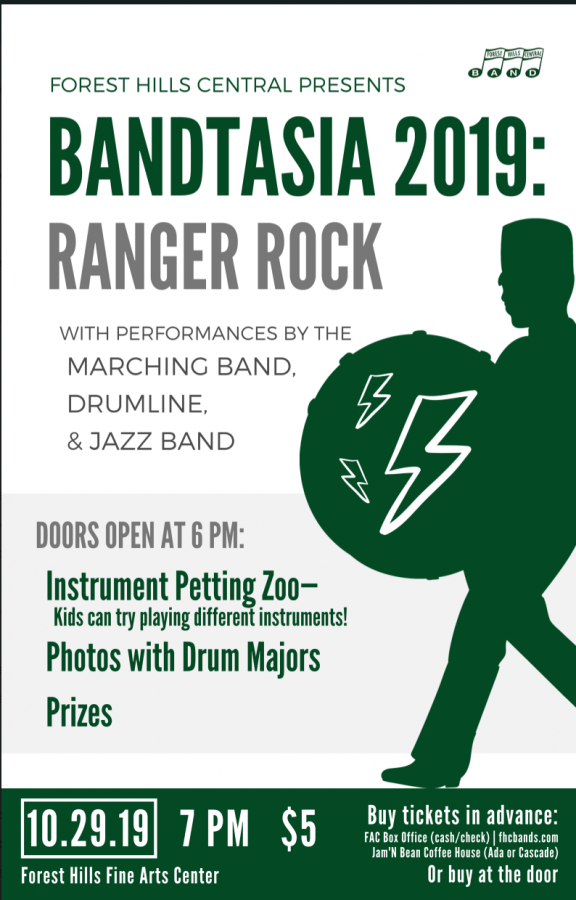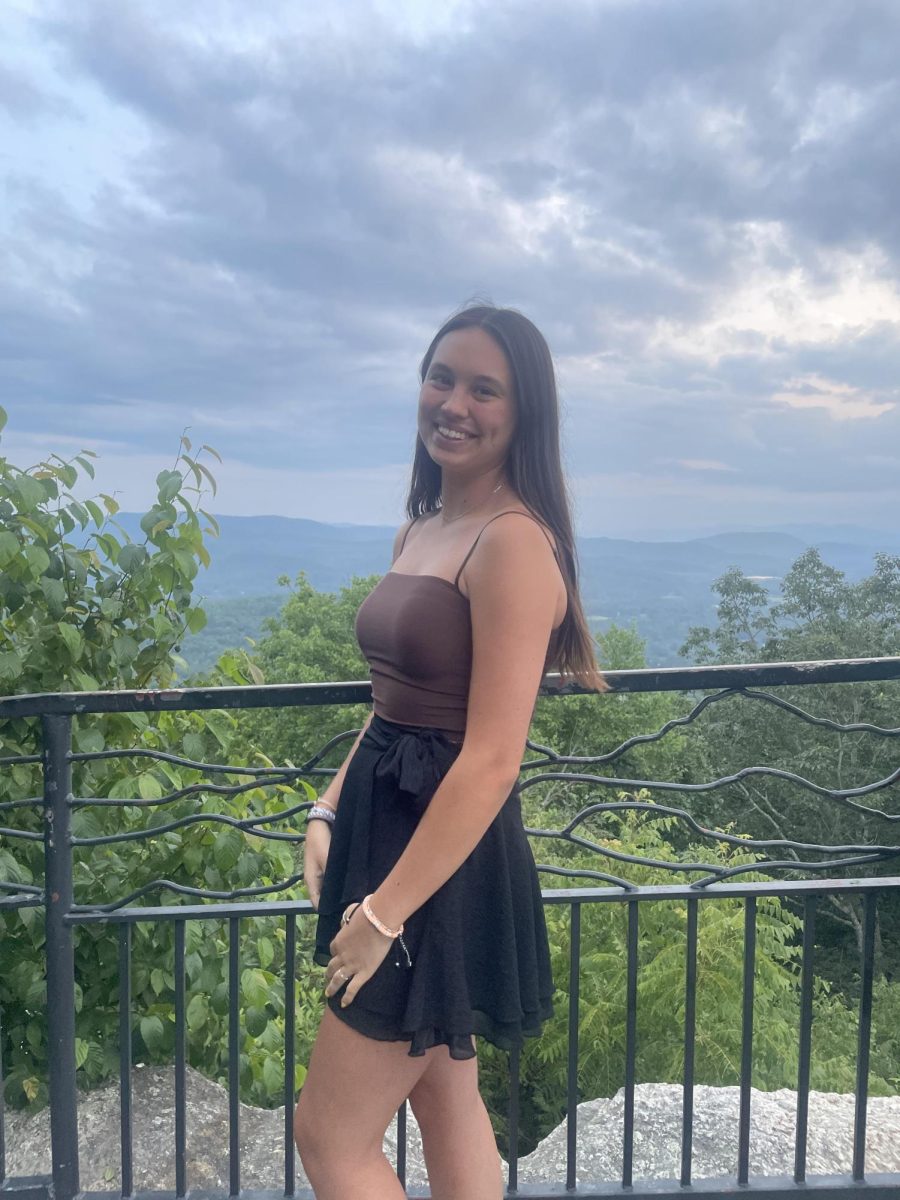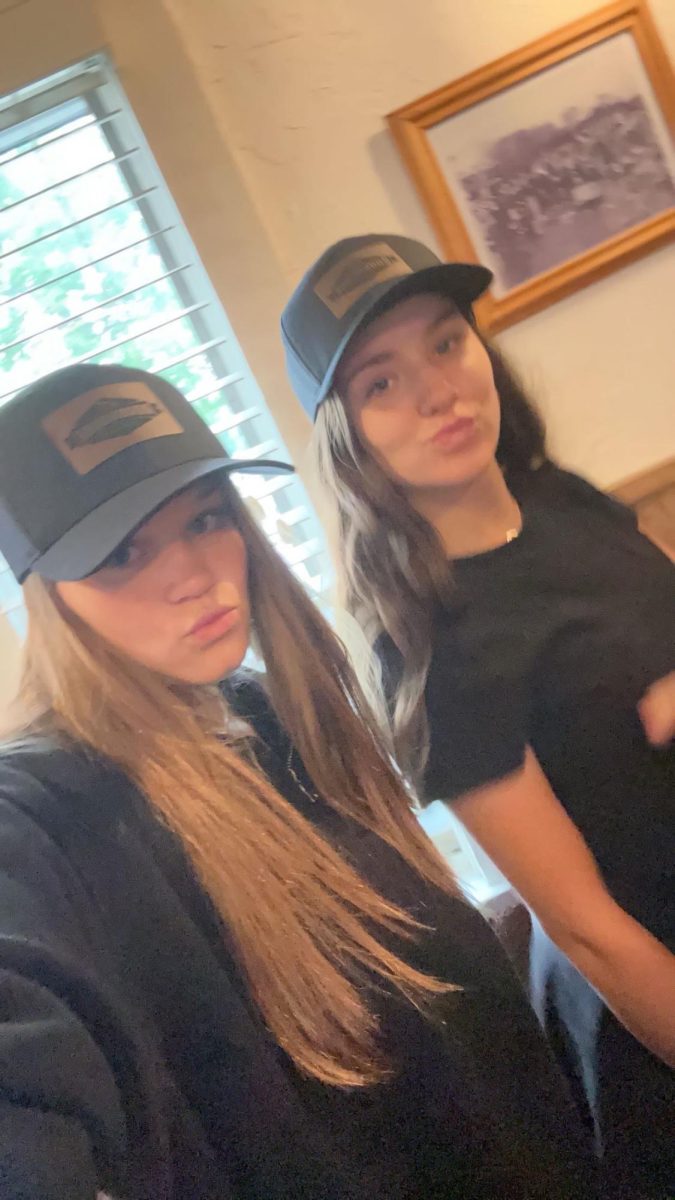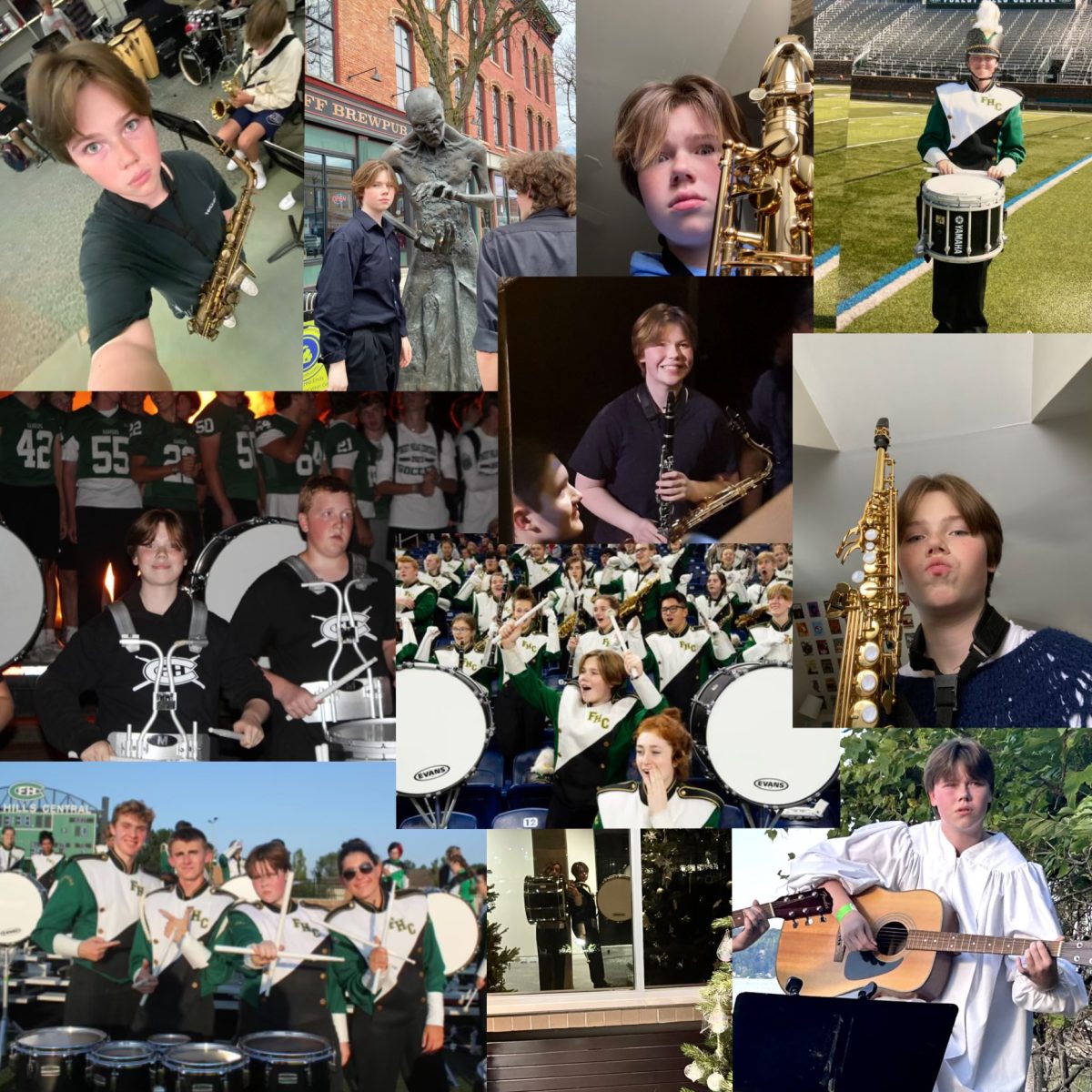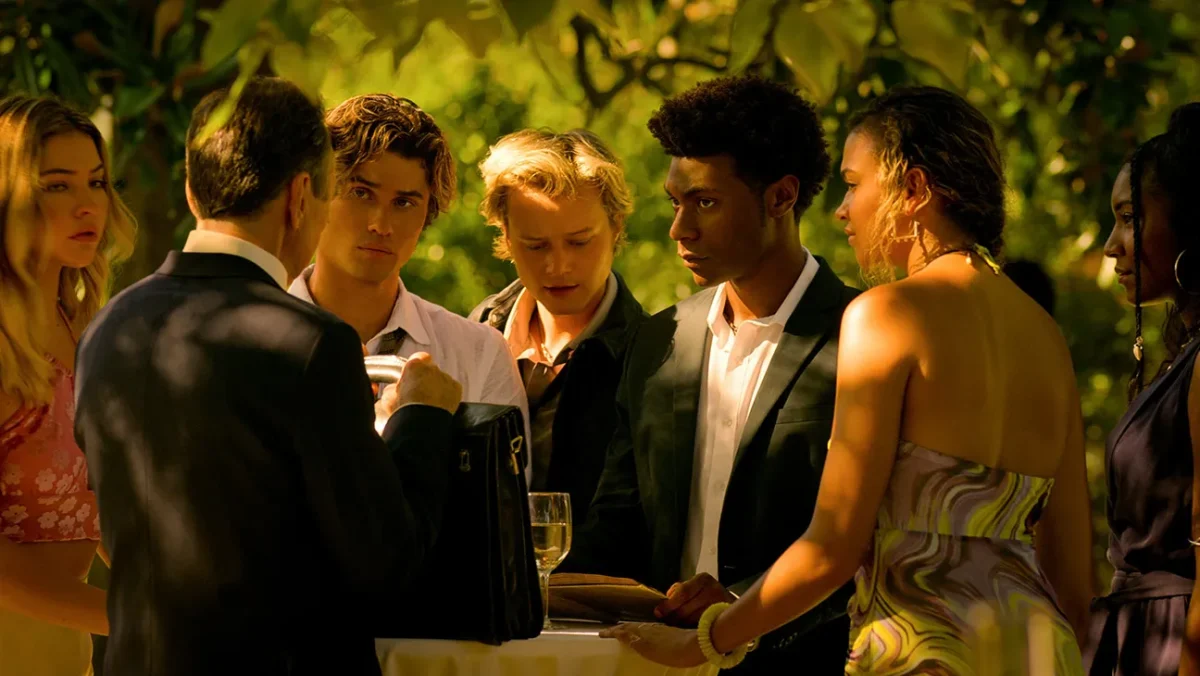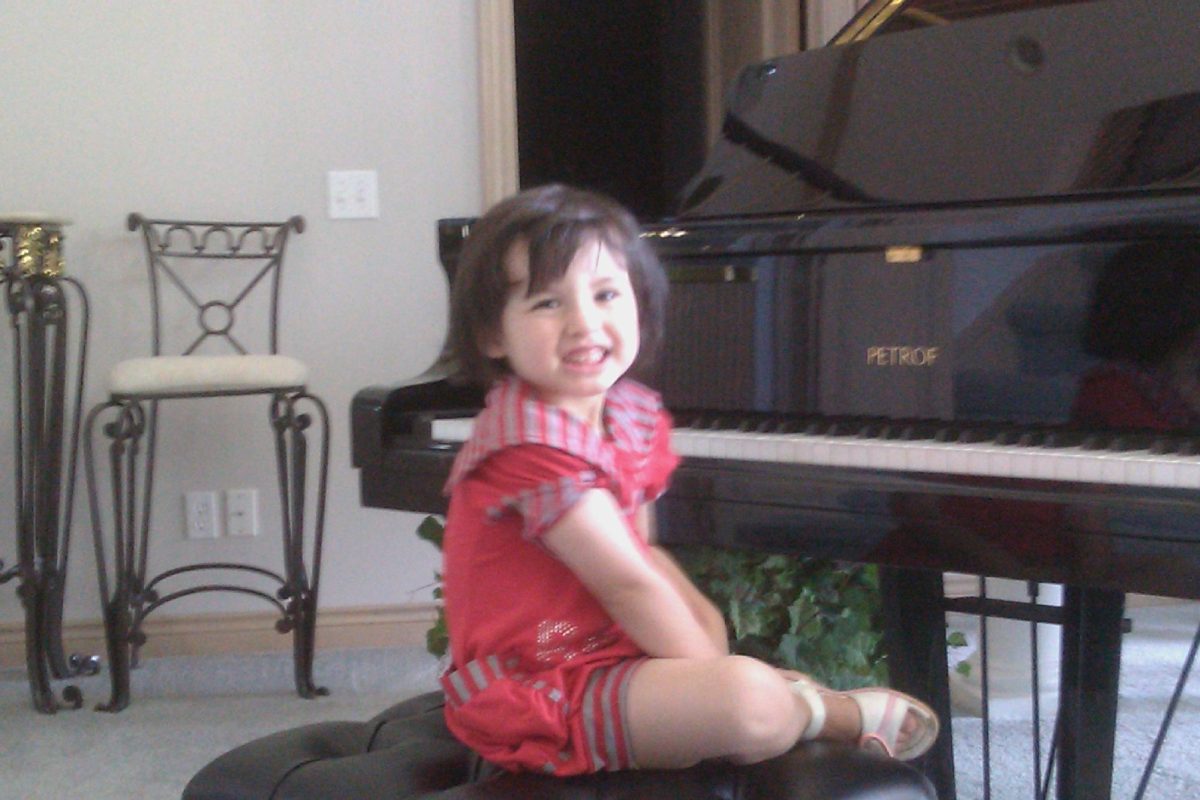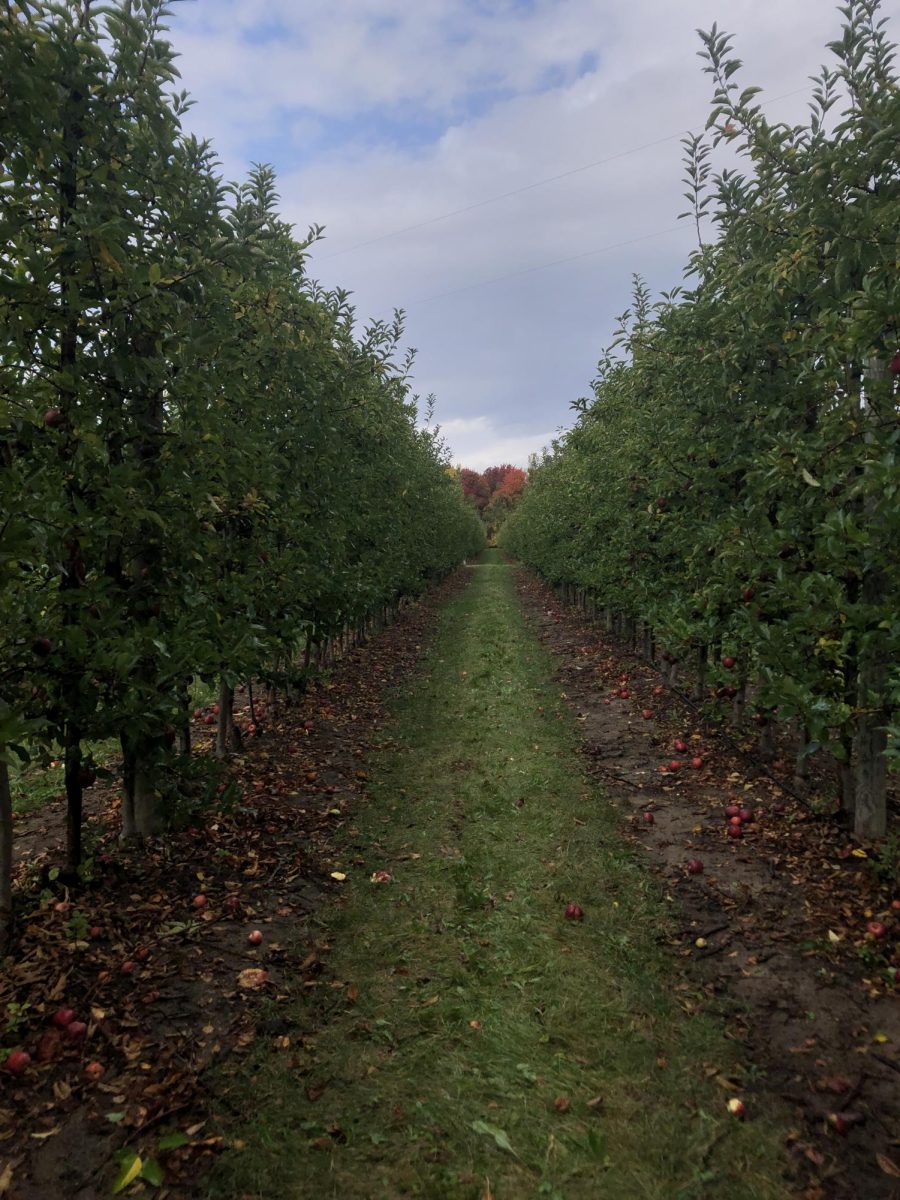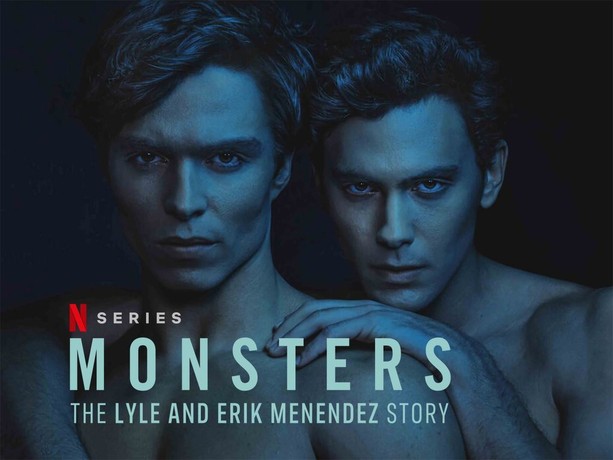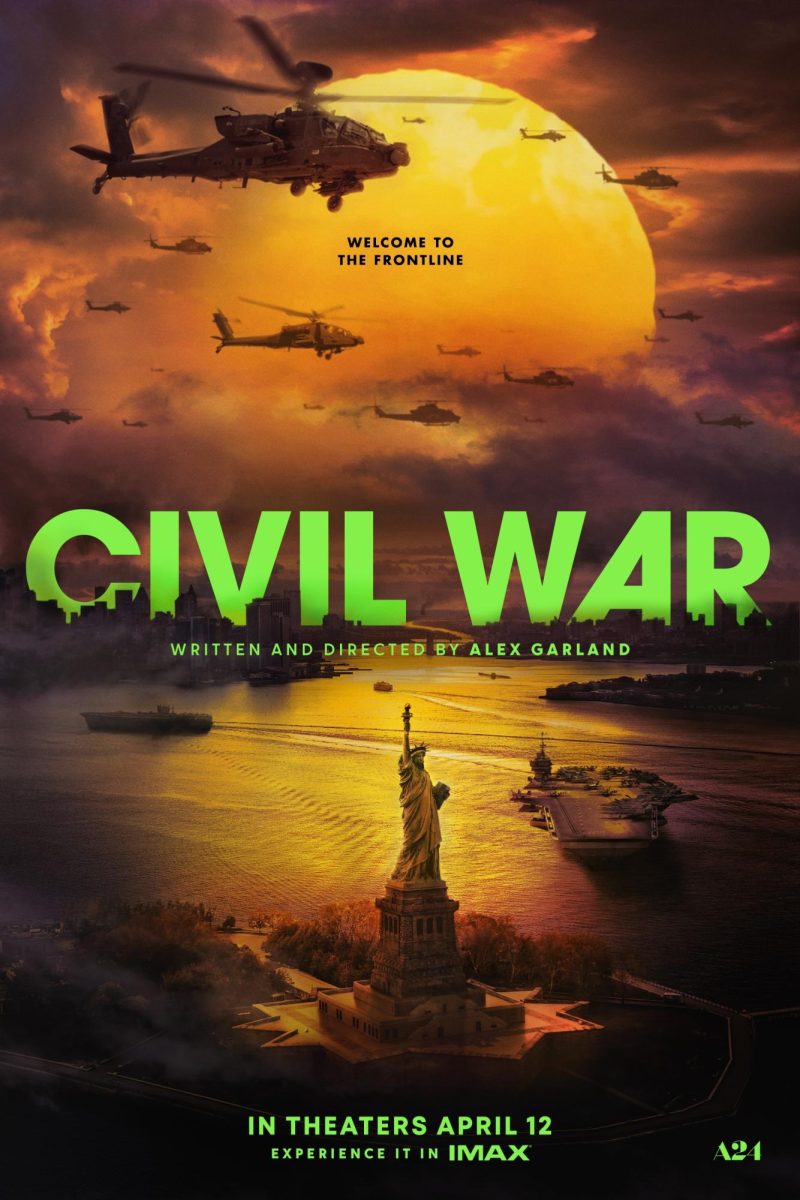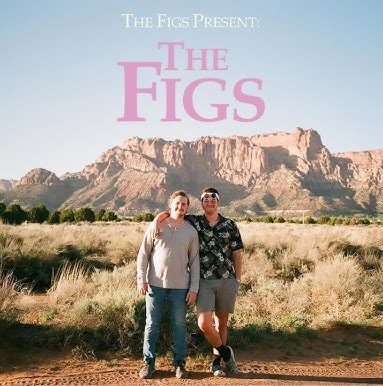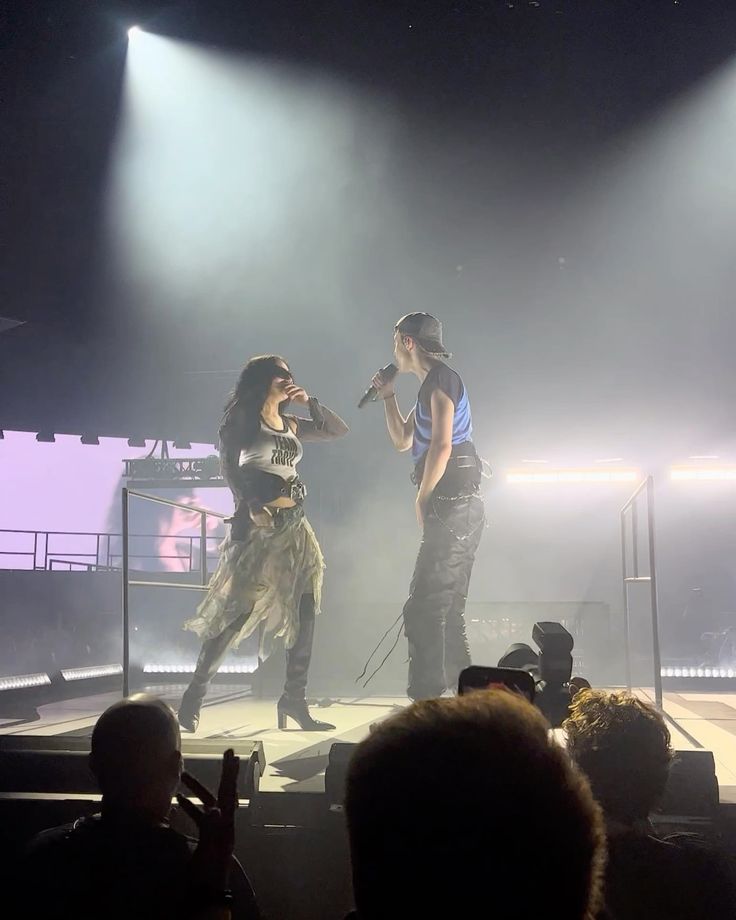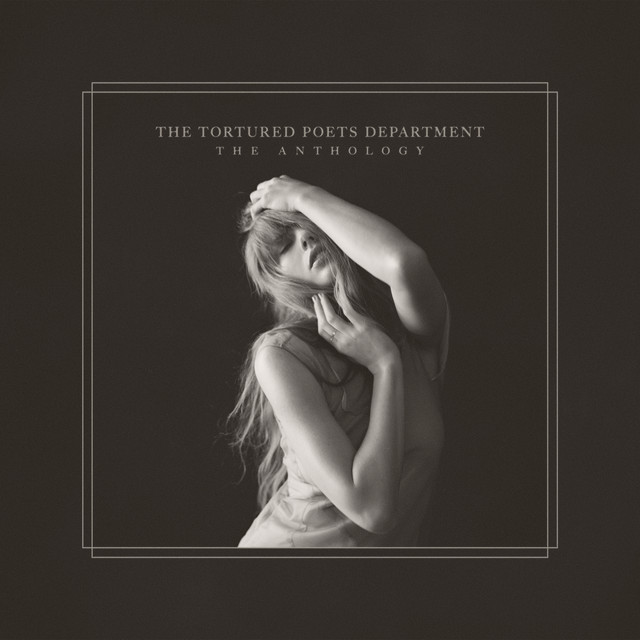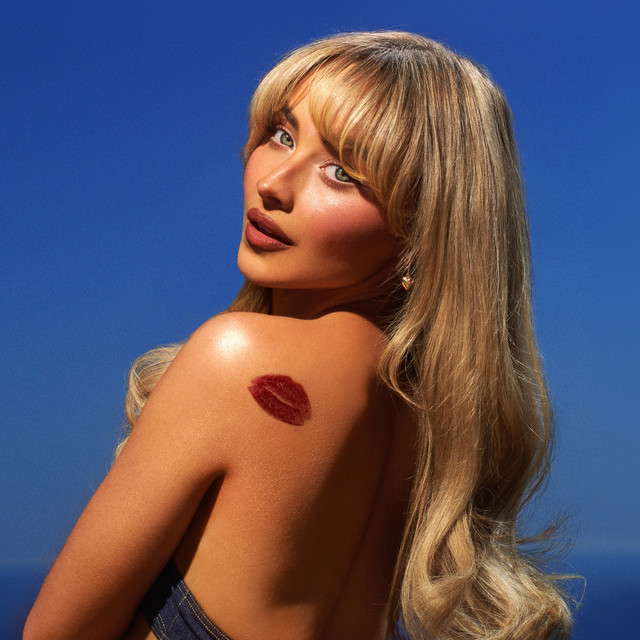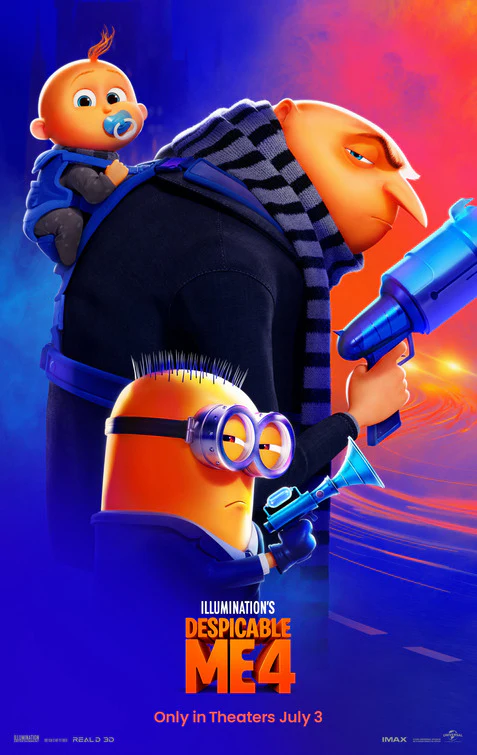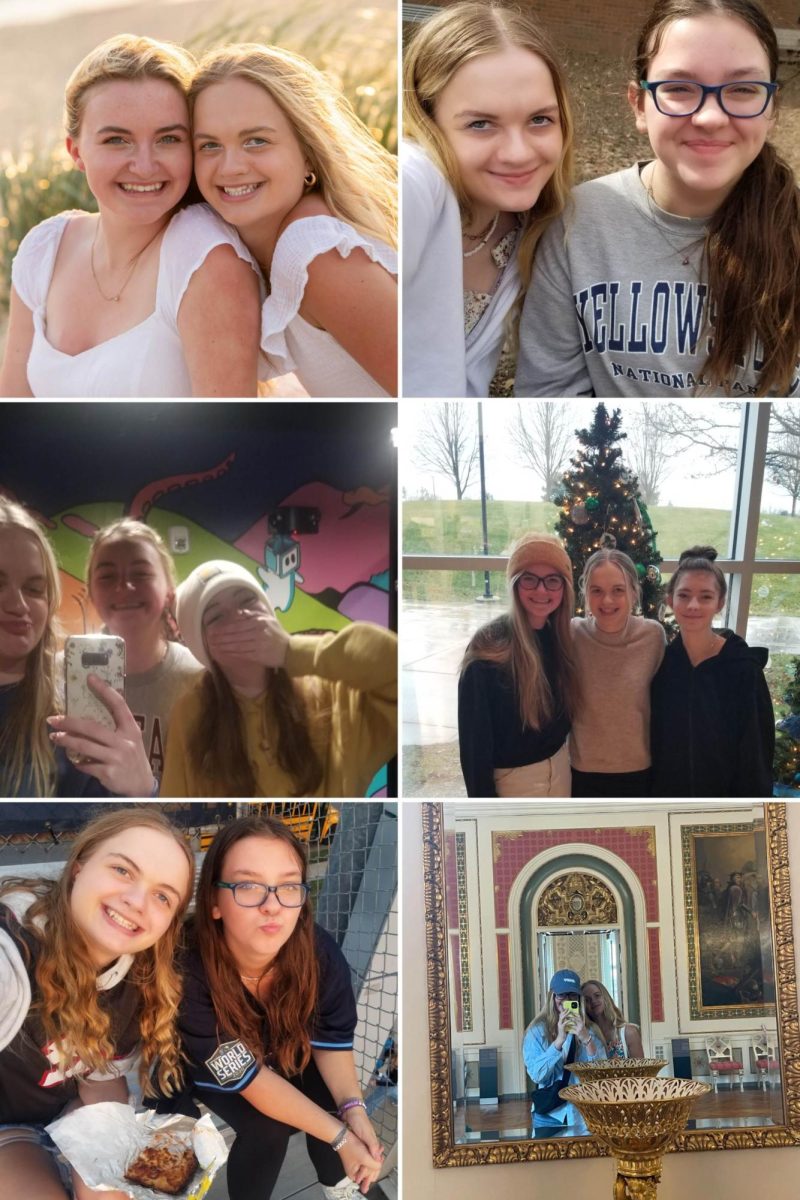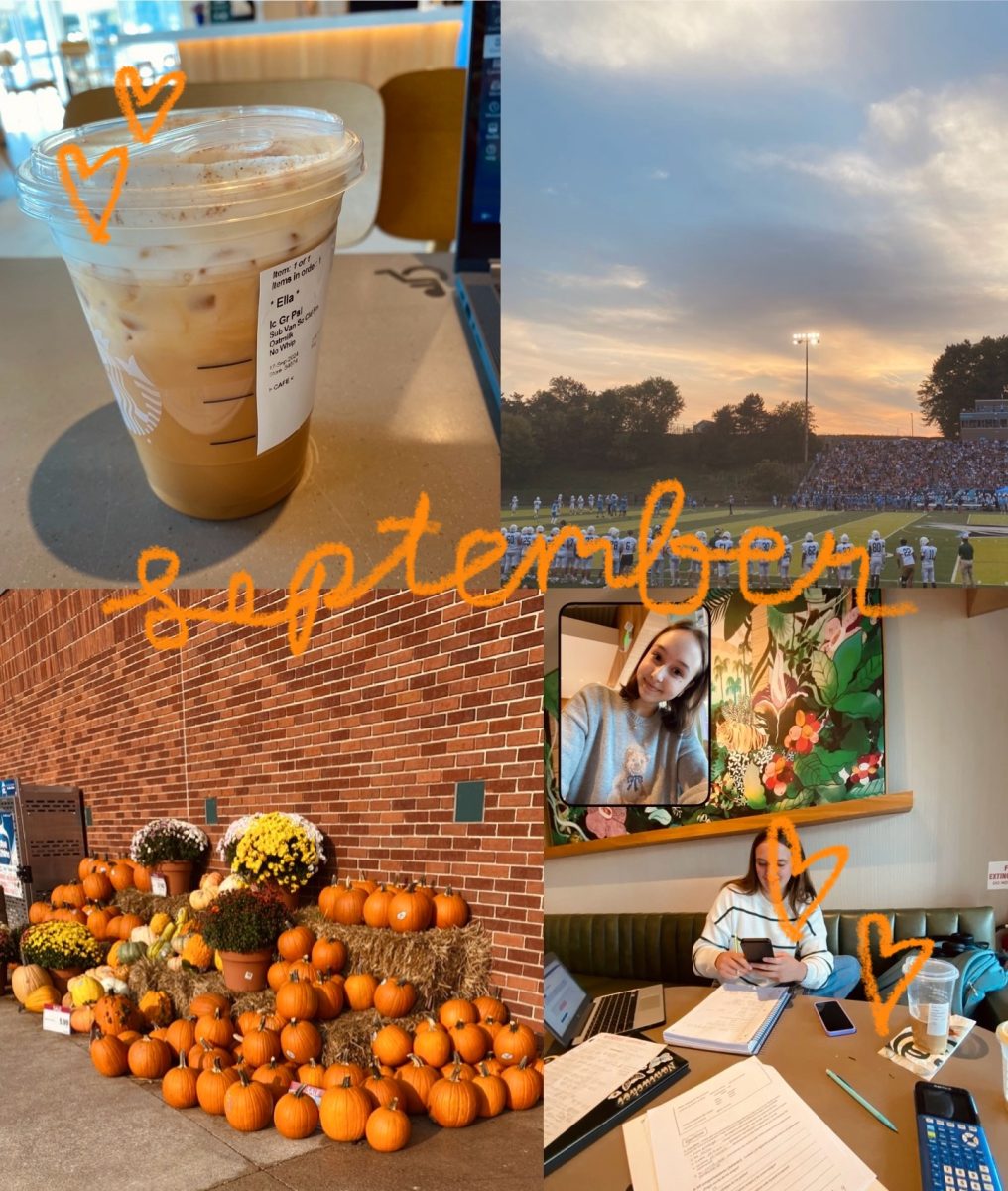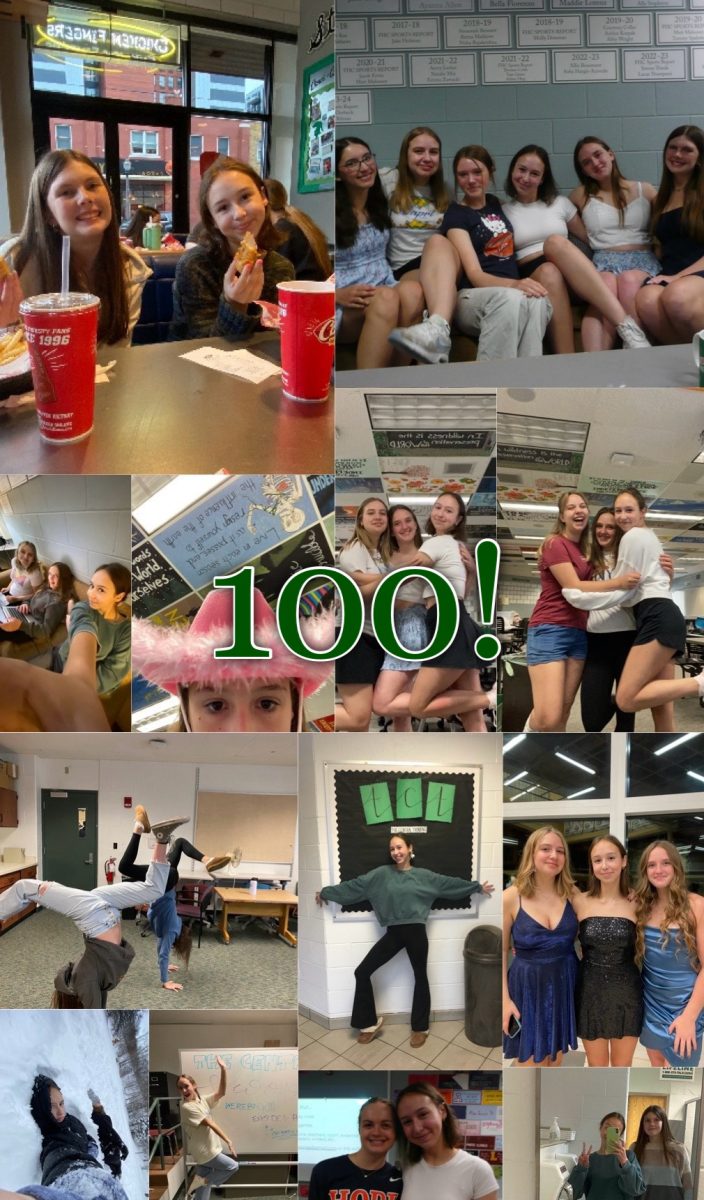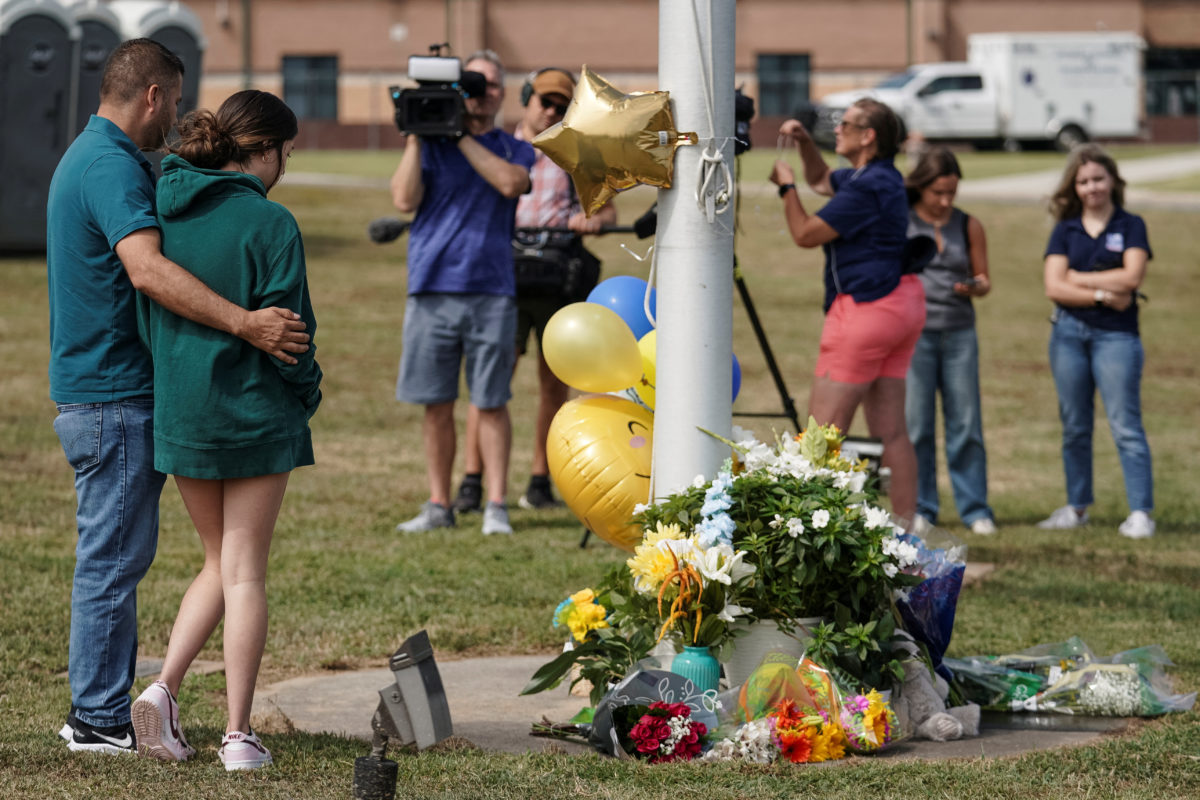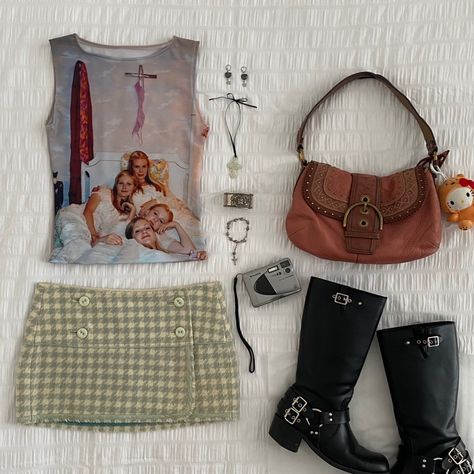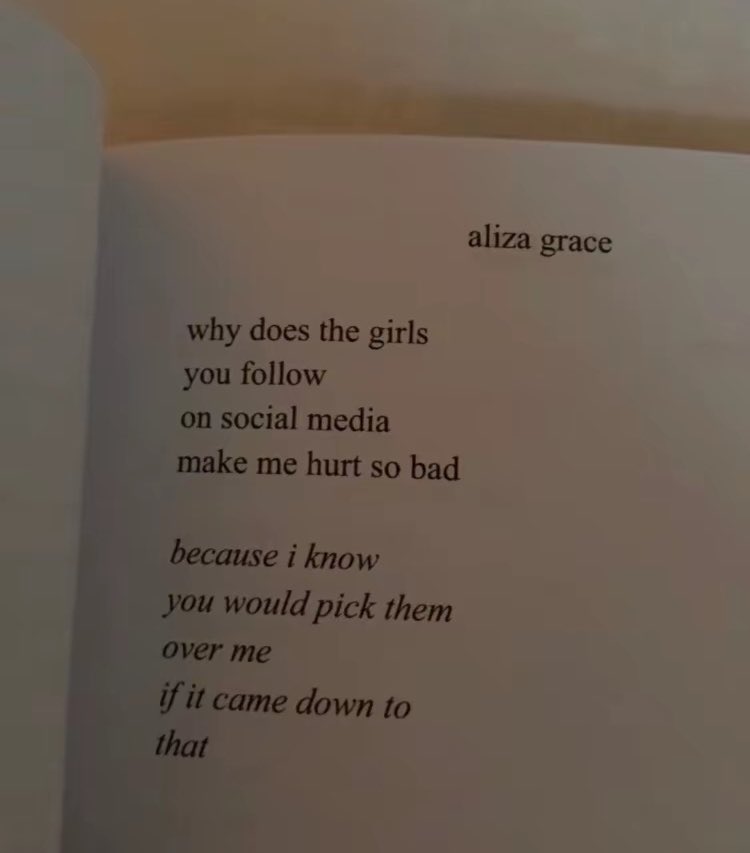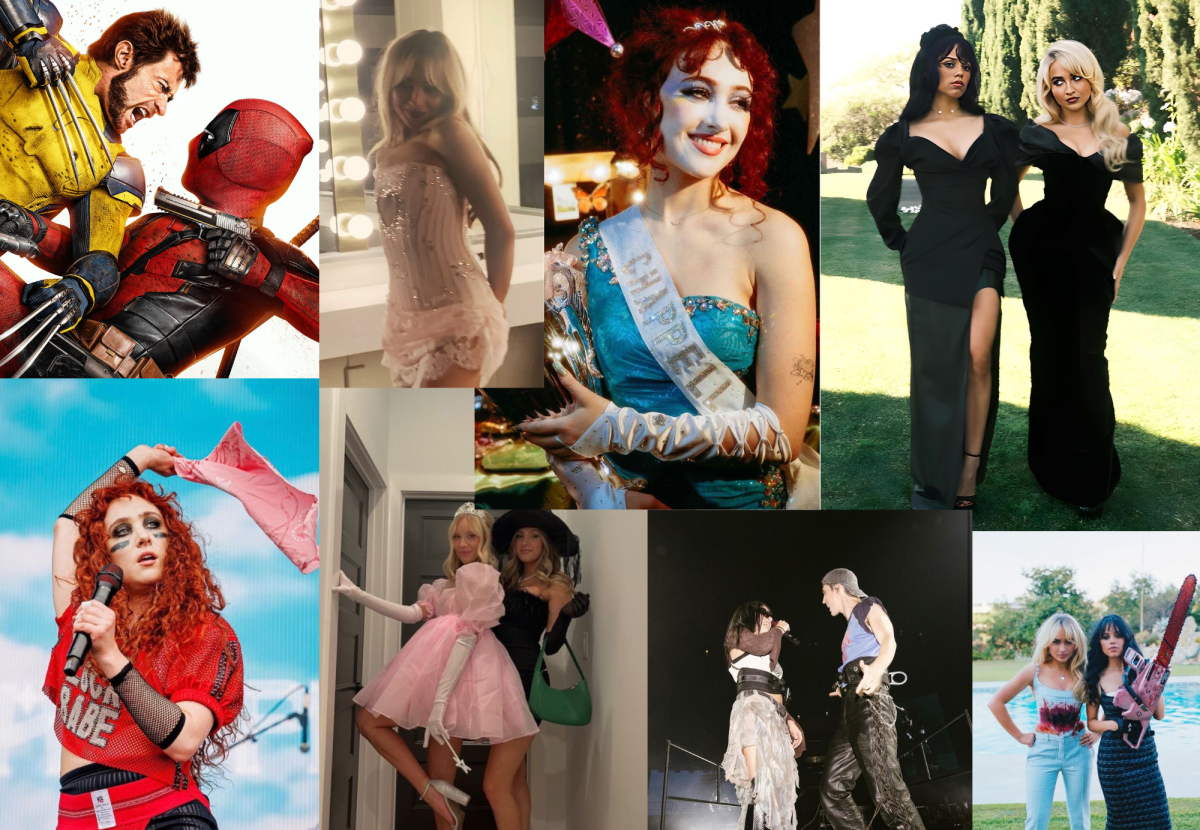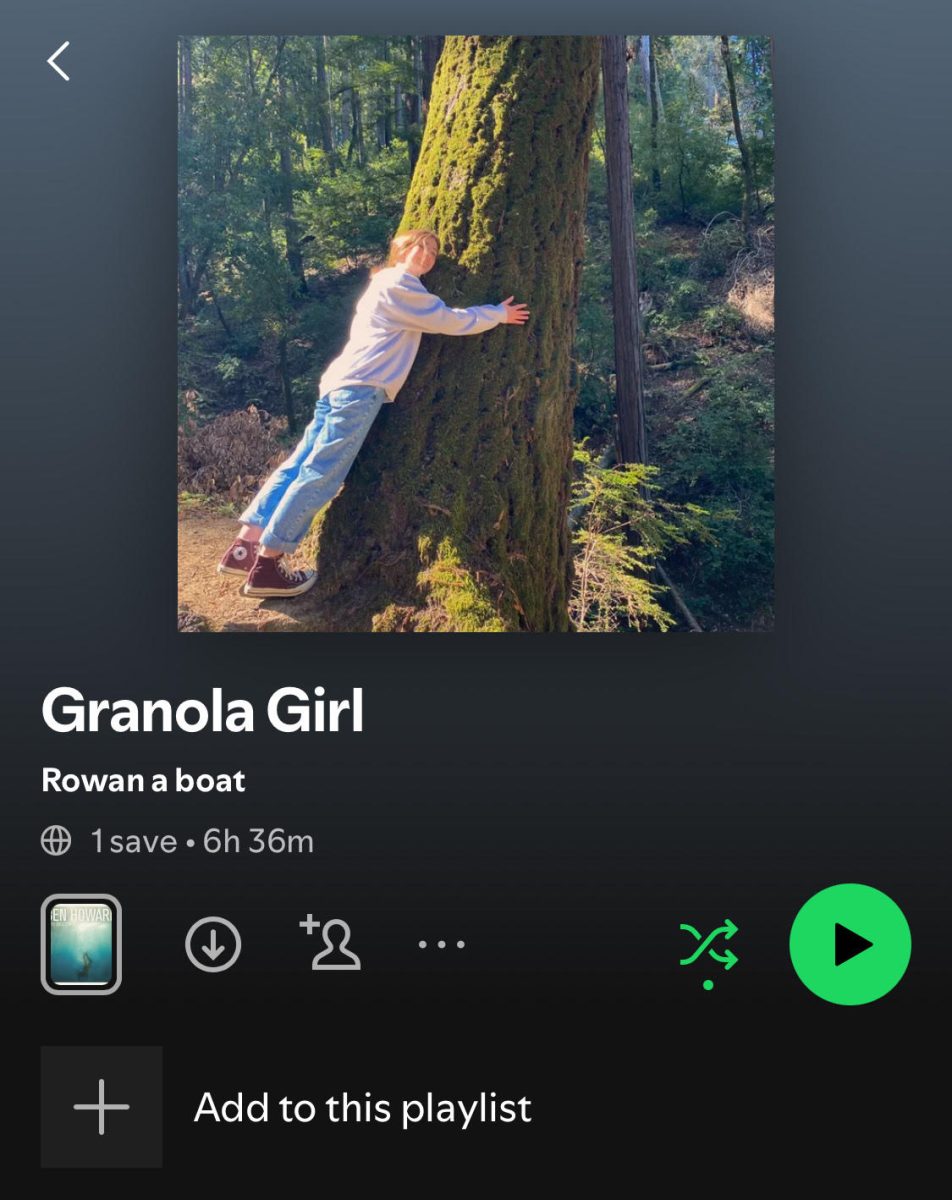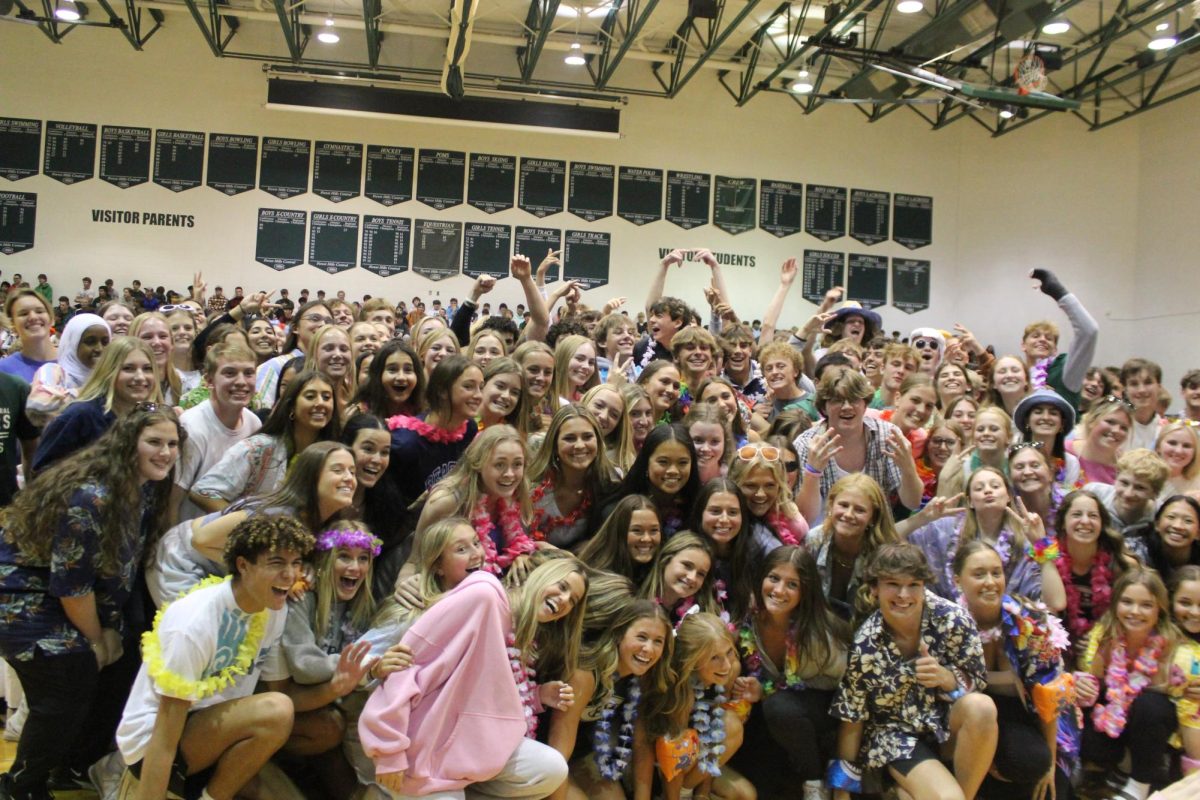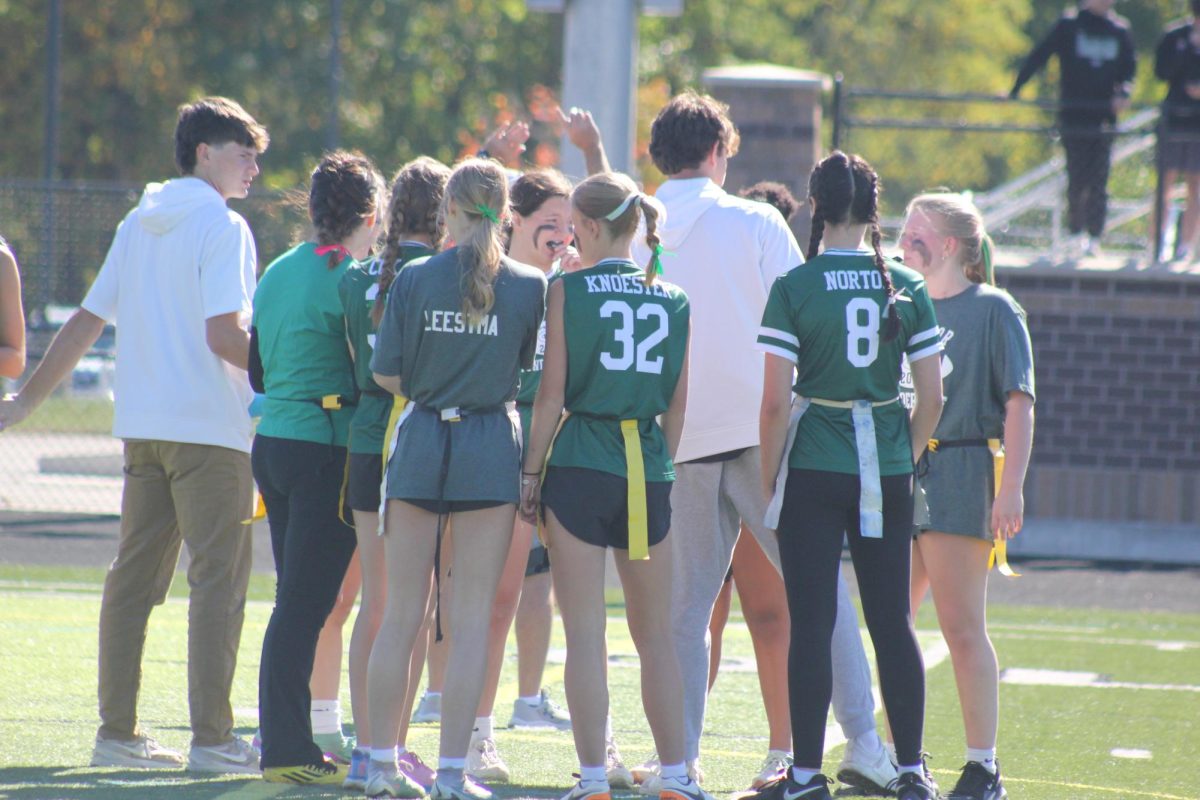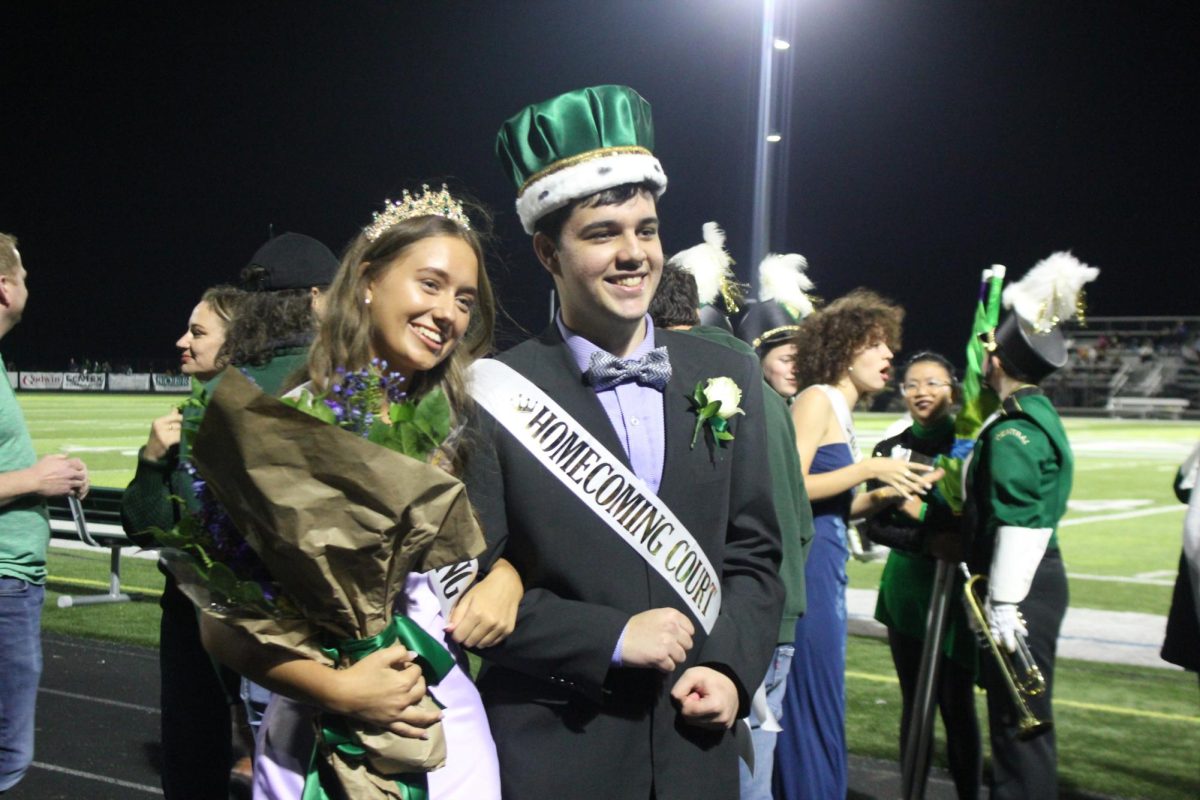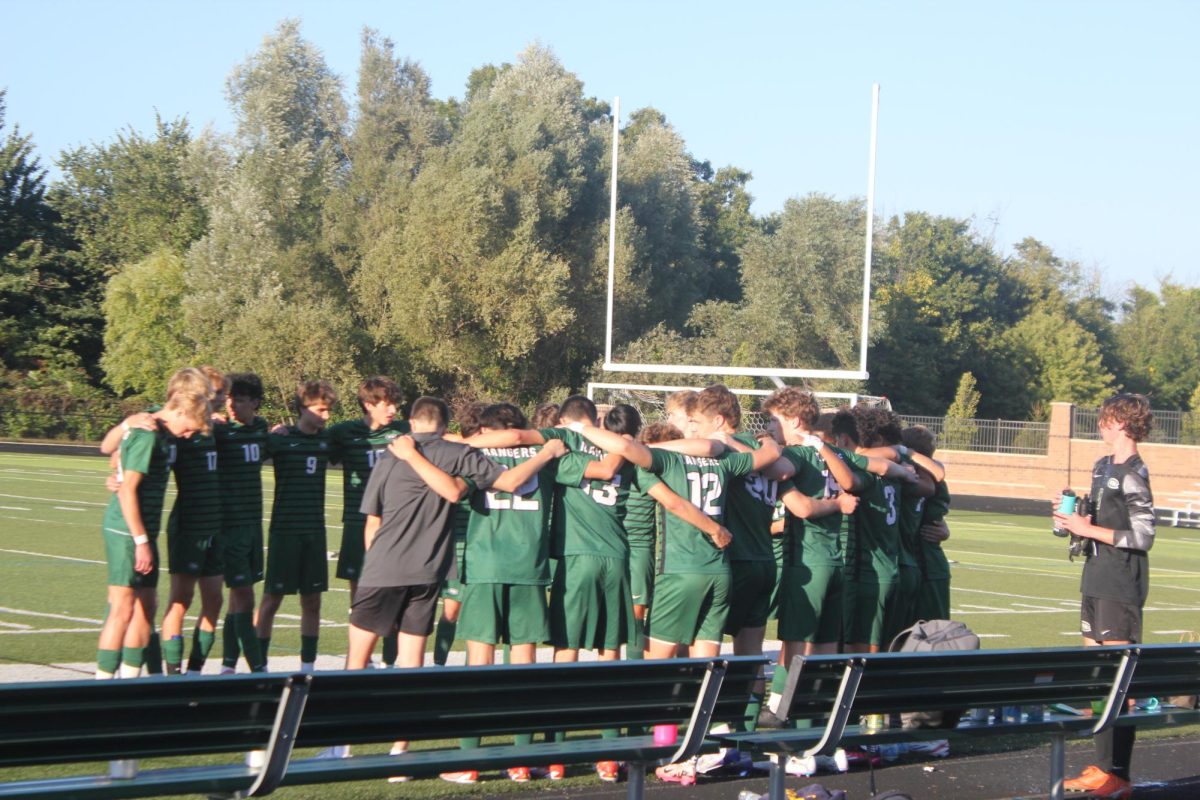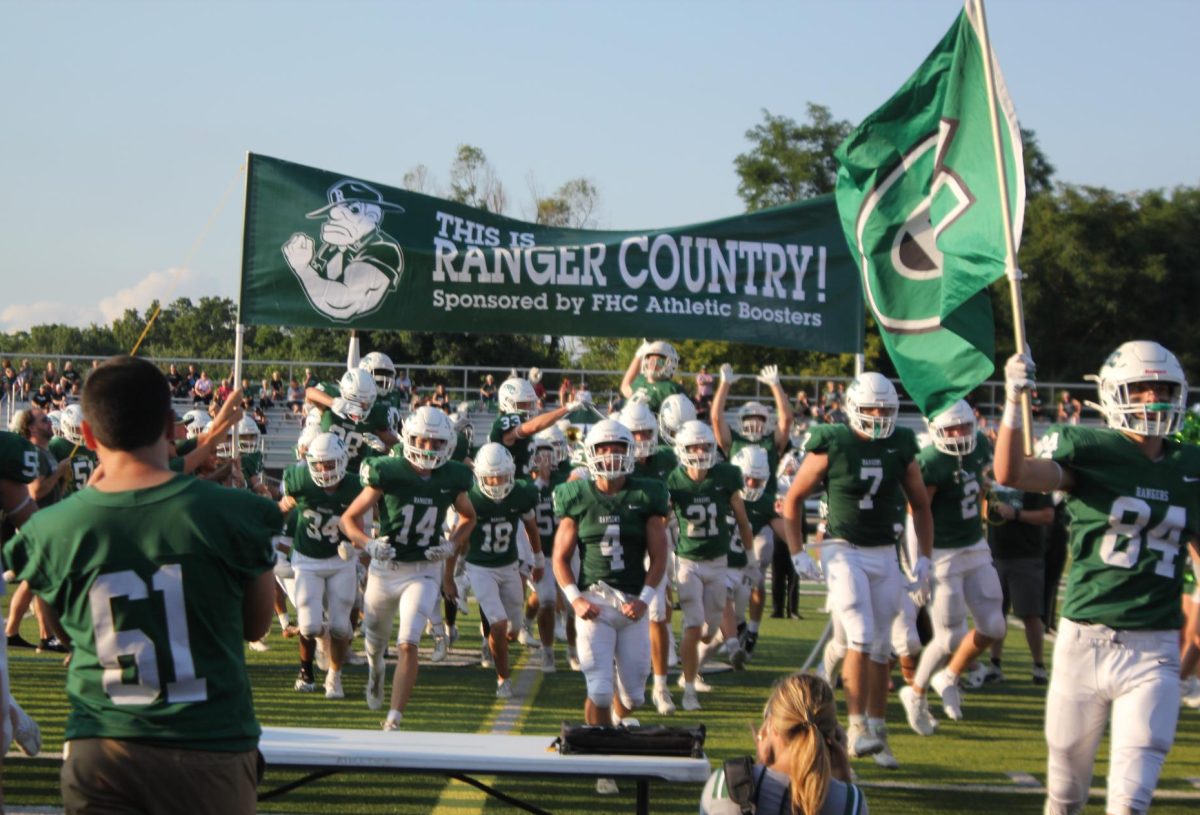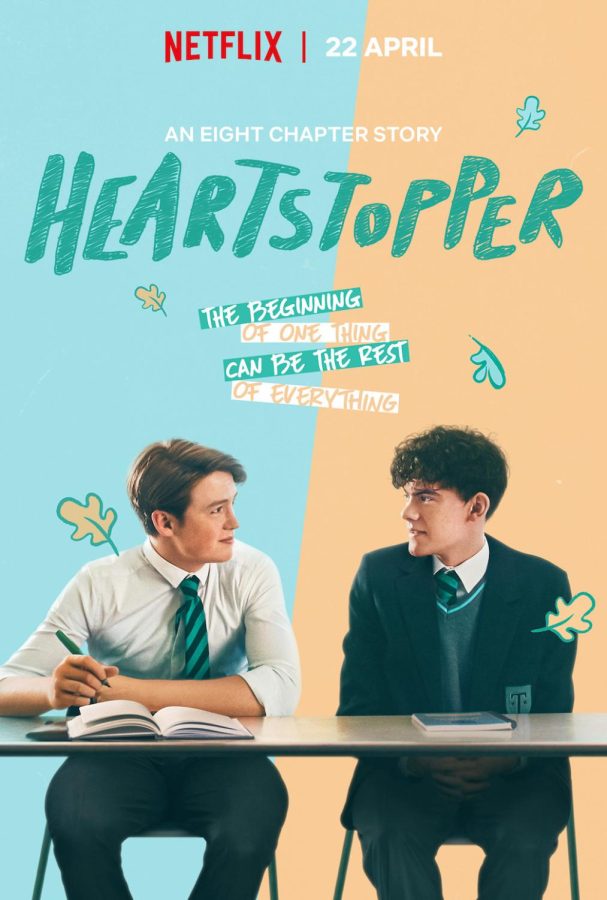Heartstopper is an authentic look into modern teenage life
The official poster for Netflix’s adaption of the graphic novel series, Heartstopper.
Last Friday, a torrential downpour circumscribed my vehicle as I charted my way up and down Cascade Road, surrounded by the harmony of laughter and Lorde music. From the FHC auditorium and the shadows of stage lights dancing across the floor to the feeling of running through rain and darkness, each moment was deafening in its vivacity.
So, as I plopped back down in my bed the following morning, I was understandably drained. As the sun slowly peaked its way out of the clouds, my thumb languidly scrolled through TikTok, looking for something to distract me.
That was when—as it is prone to do—my For You Page decided to show me a piece of content that I had virtually never heard of. Despite my meager knowledge, the algorithm for some reason determined that I had heard of the newest Netflix series Heartstopper.
Based on a collection of graphic novels written by Alice Oseman, Heartstopper follows Charlie Spring—a 14-year-old student who recently came out within his all-boys school. The series spin-off of the four-book anthology was released just this past weekend, and even though I was flying blind, I opened Netlfix on Saturday, anticipating what was to come.
The show throws viewers directly into the start of Charlie’s (Joe Locke) tenth year, displaying as he navigates finding his new classes and tolerating the bullying that is still resulting from his coming out. However, as he enters his new form group, he is assigned a seat next to Nick Nelson (Kit Connor)—a member of the school’s rugby team who is far out of his league, at least according to everyone else around them.
Still, Charlie forms an attachment to Nick, a crush that ebbs and flows along with the progression of the season.
When describing this show to my friends, the one word I thought of to perfectly encapsulate it was “charming.” Even though it handles many heavier themes such as homophobia, bullying, and transphobia, it manages to do so in an authentic and unshielded way that often surprised me—simply because it was unlike the representation one usually sees.
Furthermore, each character felt well-rounded and precise in a way that quickly bound me to them. There was something pure and even relatable to be found in each episode, and seeing such a broad depiction of teenagers was heartwarming, to say the least.
Yet, what I adored most about this series were the soundtrack and its accompanying animations.
As a call back to the text the story is based on, the character’s emotions were often met with little hearts drawn around their heads or swirling leaves encapsulating a moment. In doing so, the series automatically gave off an innocent yet unique aura that I loved.
And, even when the moments were less-than-cute, the show writers’ music choices honestly floored me. I found myself recognizing and singing along to songs that I adore, a trait that raised this series leaps more in my regard.
Overall, Heartstopper is a show that not only broadly represents the many different segments of the LGBTQ+ community but does so in a way that feels grounded and personal.
Watching as these characters tackled change and growth often made it feel like I was looking in a mirror—and even though I knew nothing of it three days ago—it has quickly become one of my new favorite shows.
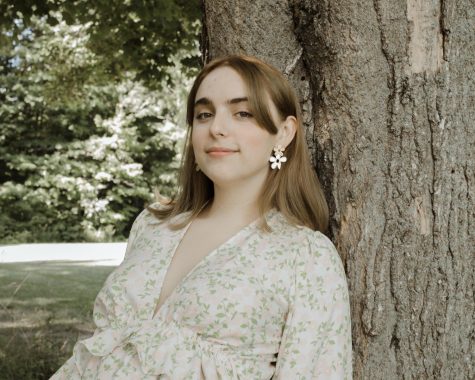
Jessie Warren is a senior, and this will be her second and final year as a staff member of The Central Trend. Ever eager to write, she finds a sort of...





